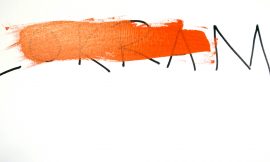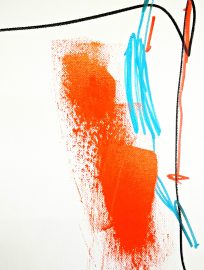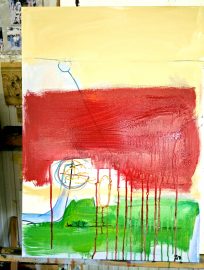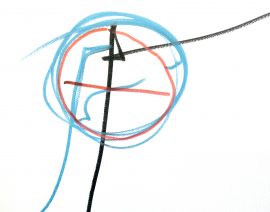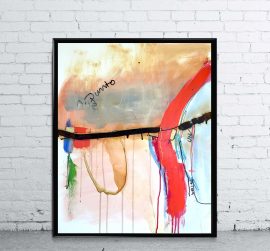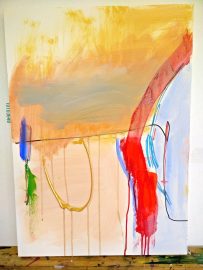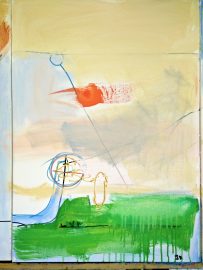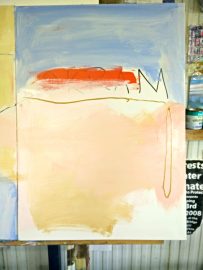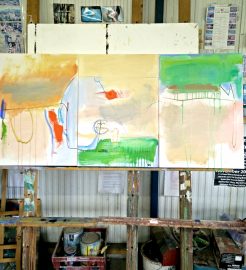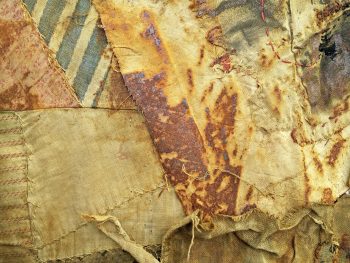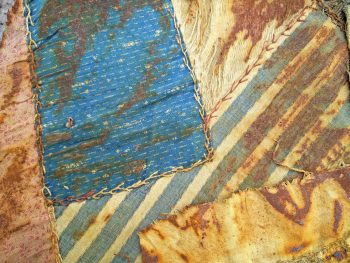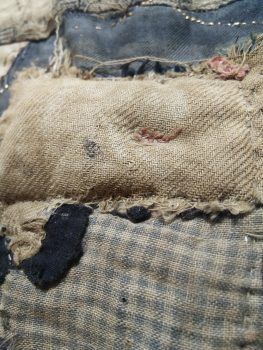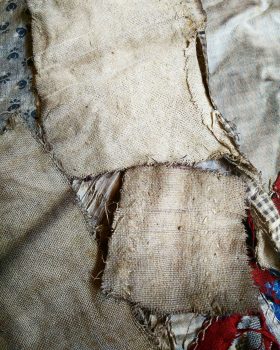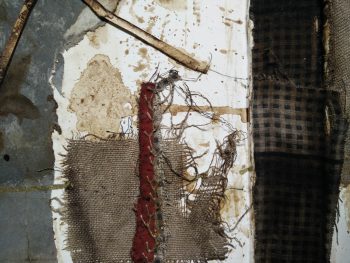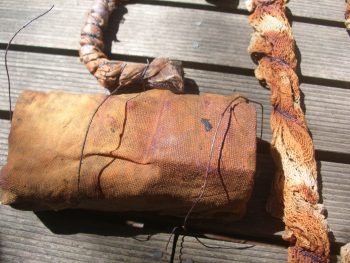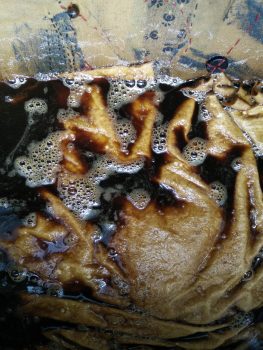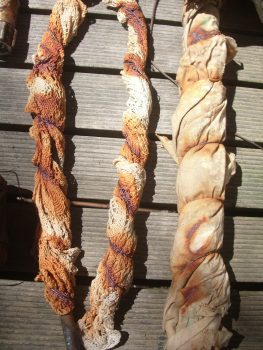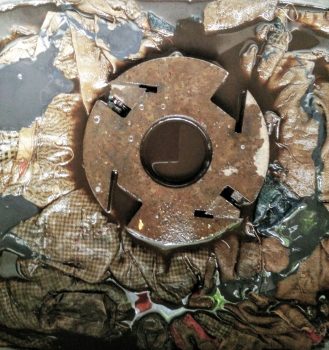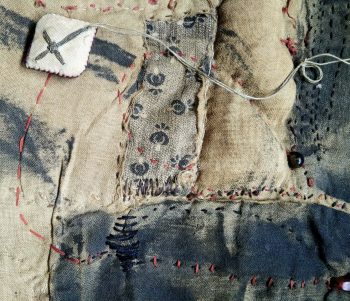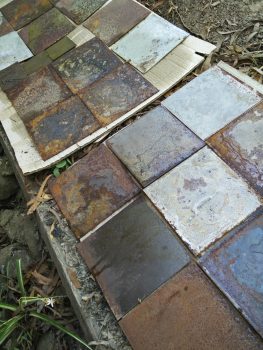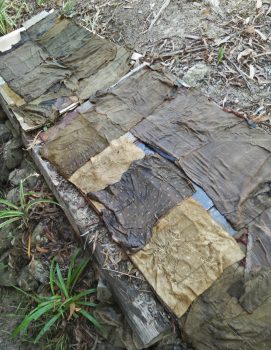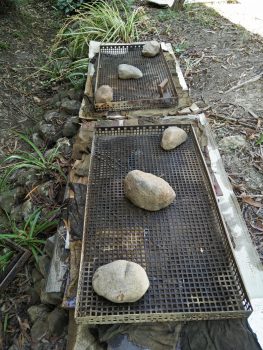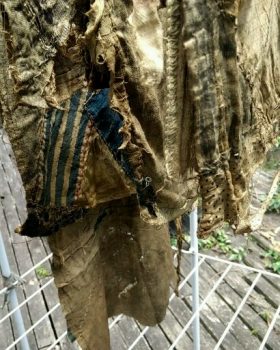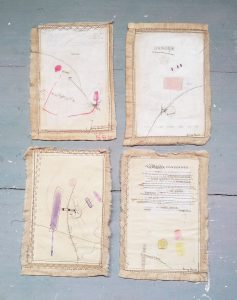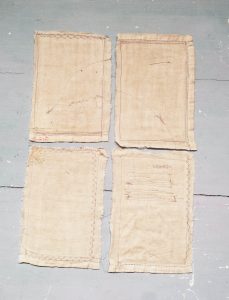Vintage Pulp
As, mentioned in an earlier post , (Vintage Pulp Fiction Collages) here are some photos of my published article last year, in “Sew Somerset Summer 2016” magazine. (Now Sold Out) I have also included below, how you can to make your own mixed – media collage and drawings from damaged books. I get really addicted to making these little artworks and love reclaiming, tattered books, destined for the garbage, giving them a new life.
Supplies:
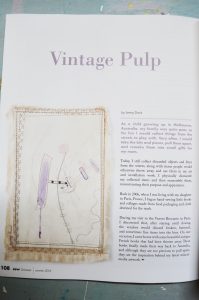
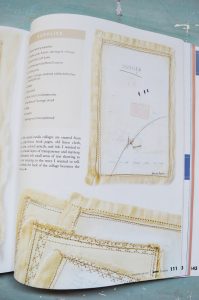
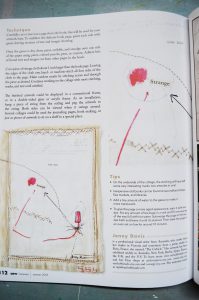
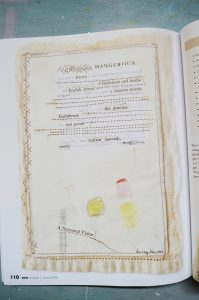
Supplies:
Damaged vintage “Pulp Fiction” books, or any other book
Acrylic gesso paint.
Coloured pencils, pens, inks, crayons etc. (I wouldn’t use felt pens as they might seep through)
Vintage fabric. (Damaged, stained, vintage tablecloths, tea towels, even old doilies)
Glue stick
Needle
Threads (any colour)
Equipment
Cutting mat
Box knife or scalpel
Scissors
Sewing machine (Optional)
Small cheap paint brush or, sponge brush
A few rags for wiping paint or glue
Instructions
Carefully cut or tear out a page from the book. This will be used for your artwork base.
To stabilize the delicate book page, paint each side with acrylic Gesso paint, leaving sections of text, and images showing.
Now for the fun part. Once the Gesso paint is dry, draw, paint, scribble and smudge, onto one side of the paper only. You can use paint, coloured pencils, ink, pens etc. Start gluing on bits of found text and images, cut from other pages in the book. It doesn’t have to make sense. It’s fun creating nonsense “gibber jabber”
Next, cut a piece of vintage cloth, about 1 inch – 2cm. larger, than the book page.
Leaving the edges of the cloth raw, hand or machine stitch the cloth to the page, on all 4 sides. Without being too precious, make random marks, by stitching and detouring across and through the piece, as you like.
Continue working on the collage with more stitching, marks and text, until satisfied.
Note: On the underside of the collage the stitching will have left some very interesting marks. Two artworks in one!
Displaying your artwork
The finished artwork could be displayed in a conventional frame, or in a double sided, glass or acrylic frame. As an installation, hang a piece of string from the ceiling and peg the artwork to the string. Both sides can be viewed when it swings around. Several collages could be used for journal pages, book making, or just as a piece of artwork to sit on a shelf in a special place.
Tips
Using damaged vintage books and vintage fabrics, adds to the character of the artwork and saves it from landfill.
Collect found papers, textile scraps and text to make collage.
Old books can be found cheaply, from second-hand shops, flea markets and library throw outs.
A sharp scalpel is very good for cutting close to the book spine.
Add a tiny amount of water to your Gesso paint to make it more translucent.
To give your page a more aged appearance, stain with a tea dye. Put any amount of tea bags in a sink, 1/4 filled with hot water. Plunge and leave until stained, then bake the page in a low oven for around 10 minutes.
Hope you enjoy creating your collage.
